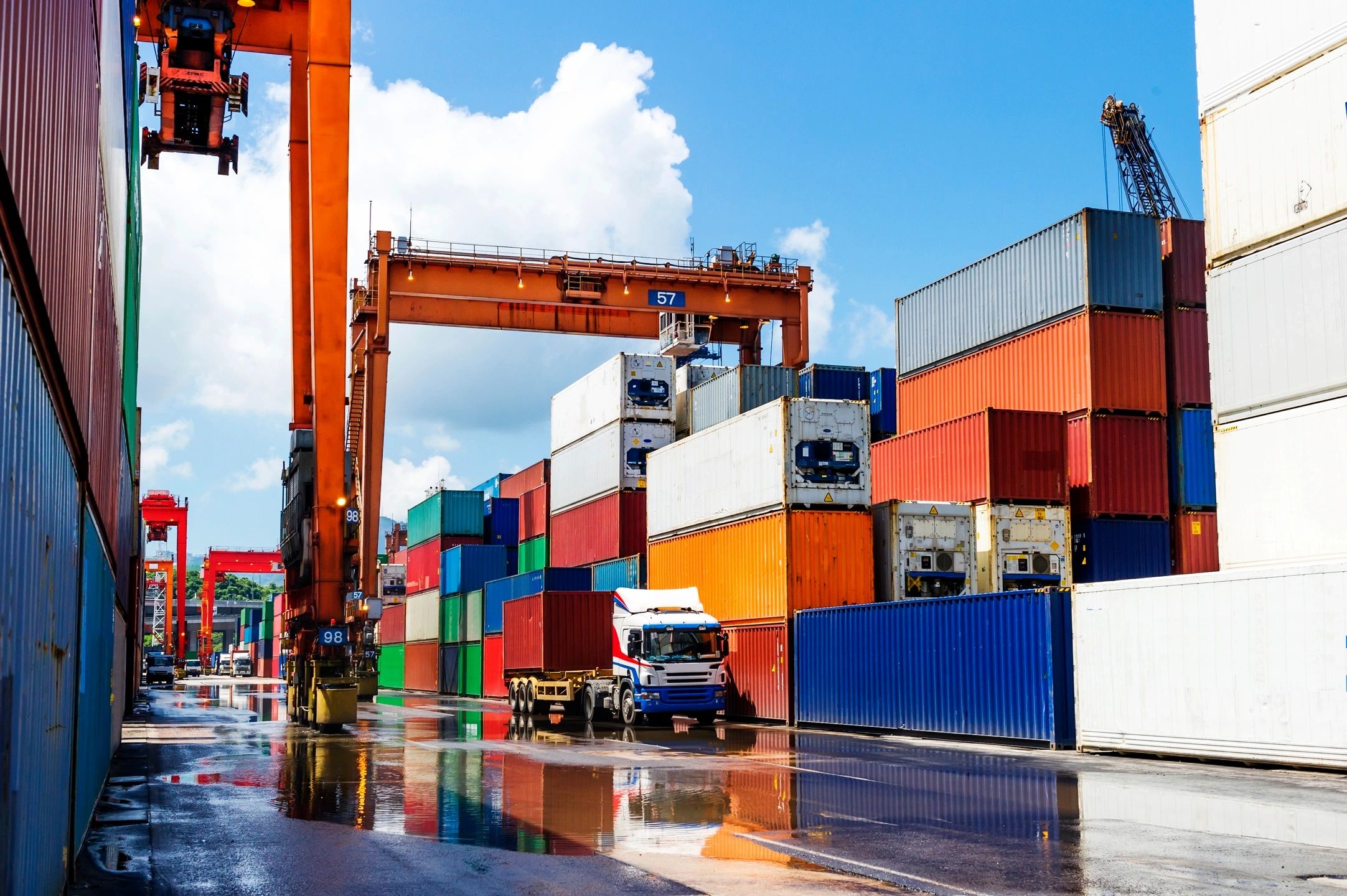By Mike Erickson, President AFMS
Oregonians are finding empty shelves. Consumers are mad that the grocery store is out of their favorite items, and prices have increased on most goods. The warehouse is stressed because the shipping company didn’t make a delivery.
These are all problems with our supply chain. Anytime people can’t get the goods they need, it’s a problem on an individual and economic level.
I have spent over three decades helping companies across the U.S. manage their supply chain. Over the last 30 months, prices have increased astronomically.
- A truckload of goods coming across the country, which cost $3,000 a few years ago, now costs upwards of $8,000.
- Shipping a container of goods from Asia to Oregon two and a half years ago cost approximately $2,500. Now it can cost between $10,000-$15,000.
These higher shipping costs are being passed on to consumers, adding to our inflation.
It’s easy to see how this, along with policies exacerbating inflation, is causing Americans to struggle.
What can our nation do to strengthen our supply chain? We need to work on what is within our control. That includes:
- Expand U.S. manufacturing. First, Americans can invest in our own internal infrastructure so we can manufacture goods domestically. This includes ports, rail, and airports.
- Enhance America’s economic competitiveness and focus on the value of technical education. Build our own workforce.
- Move supply chains away from China. We cannot continue to fund China and its record of human rights violations and harmful climate practices.
- Improve cyber resiliency. We must do all we can to protect critical cyber systems that keep our supply chain operating successfully and securely.
Congressional leadership must pay close attention to the supply chain and forward policies that ensure Americans have access to affordable goods for their families.
